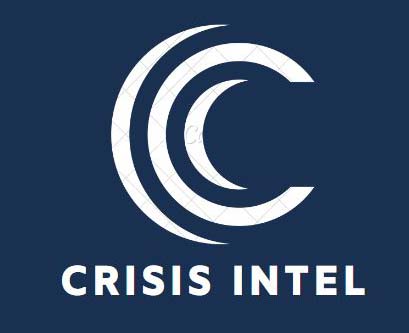IT Disaster Recovery Planning
IT Recovery Requirements:
Discussing the specific considerations and requirements for recovering IT systems and infrastructure in the event of a disaster or disruption.
Business Impact Assessment: Exploring the process of assessing the impact of IT system failures on critical business operations, revenue generation, customer service, and regulatory compliance.
Recovery Time Objectives (RTOs) and Recovery Point Objectives (RPOs): Reinforcing the importance of defining RTOs and RPOs specific to IT systems, which determine the acceptable duration of downtime and the maximum allowable data loss.
Dependencies and Critical Systems: Highlighting the identification and prioritization of critical IT systems, applications, and dependencies that need to be recovered promptly for business continuity.


Backup and Recovery Strategies:
Exploring backup and recovery strategies to ensure the availability and integrity of IT systems and data:
- Data Backups: Discussing the importance of regular data backups to ensure data integrity and availability, including techniques such as incremental backups, differential backups, and full backups.
- System Redundancy: Highlighting the use of redundant IT systems, servers, and infrastructure to minimize single points of failure and provide failover capabilities.
- Offsite Storage: Exploring the practice of storing backups and critical data at offsite locations to protect against physical disasters or localized incidents.
- Cloud-Based Solutions: Discussing the adoption of cloud-based backup and recovery solutions, which offer scalability, data redundancy, and remote accessibility.
IT Recovery Procedures:
Highlighting the procedures and steps involved in restoring IT systems, applications, and data to minimize downtime and ensure business continuity.
Incident Identification and Response: Discussing the early detection and response to IT incidents or disruptions to initiate the recovery process promptly.
Recovery Plans and Prioritization: Exploring the documentation of recovery plans, including step-by-step procedures and prioritization of systems or applications based on their criticality to business operations.
System Restoration and Testing: Discussing the activities involved in restoring IT systems, configuring hardware and software, conducting testing, and verifying the integrity of the recovered environment.
Post-Recovery Validation: Highlighting the importance of post-recovery validation, including user acceptance testing, data validation, and functionality verification, to ensure the successful restoration of IT systems.

